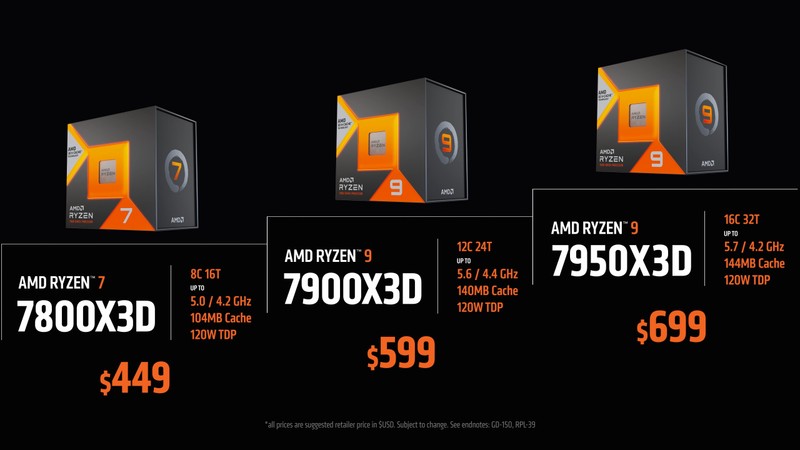AMD is virtually challenging its competitors with its new series!
AMD, one of the world's most important technology giants, aims to close the gap with its competitors and increase its market share in the industry with its new series.

The processor market is a battleground of innovation and competition, teeming with players like Apple and Qualcomm. However, the landscape is largely dominated by the 'Red Team' and the 'Blue Team'. Recently, AMD, also known as the 'Red Team', made its intent clear to stoke the competitive flames by announcing its Ryzen 8000 AM5 processors. These processors, featuring the Zen 5 CPU architecture and the Navi 3.5 graphics architecture, are poised to revolutionize the market.

AMD has made it official that it's planning the launch of its next-gen Ryzen processors in 2024. These processors, under the Ryzen 8000 series, will utilize the advanced Zen 5 architecture along with the Navi 3.5 graphics. They will be given the codename "Granite Ridge" and are expected to support up to 16 CPU cores. The Navi 3.5 GPU, in essence, is a condensed version of Navi 3, promising to enhance clock speed and efficiency.

AMD is virtually challenging its competitors with its new series!
The upcoming Ryzen 8000 series signifies a substantial leap from the existing Ryzen 7000 series. The Zen 5 CPU cores are projected to deliver a 15% performance hike over Zen 4, and the Navi 3.5 GPU is touted to outperform Navi 3 by 20%. This positions the Ryzen 8000 series as the most potent line of AMD desktop processors to date. AMD hasn't released specific pricing or availability details for the Ryzen 8000 series yet, but it is slated for a 2024 release. AMD also confirmed that the AM5 socket will be in service till 2026.

AMD's consistent commitment to backward compatibility is a cornerstone of its success. In contrast, Intel had a penchant for changing the socket with every new processor generation, compelling users to acquire a new motherboard alongside the CPU. This was a considerable inconvenience for PC enthusiasts and posed a challenge to upgrading their systems.
 Cancer fighter exercise has been revealed and it is not what you thinkHealth
Cancer fighter exercise has been revealed and it is not what you thinkHealth






